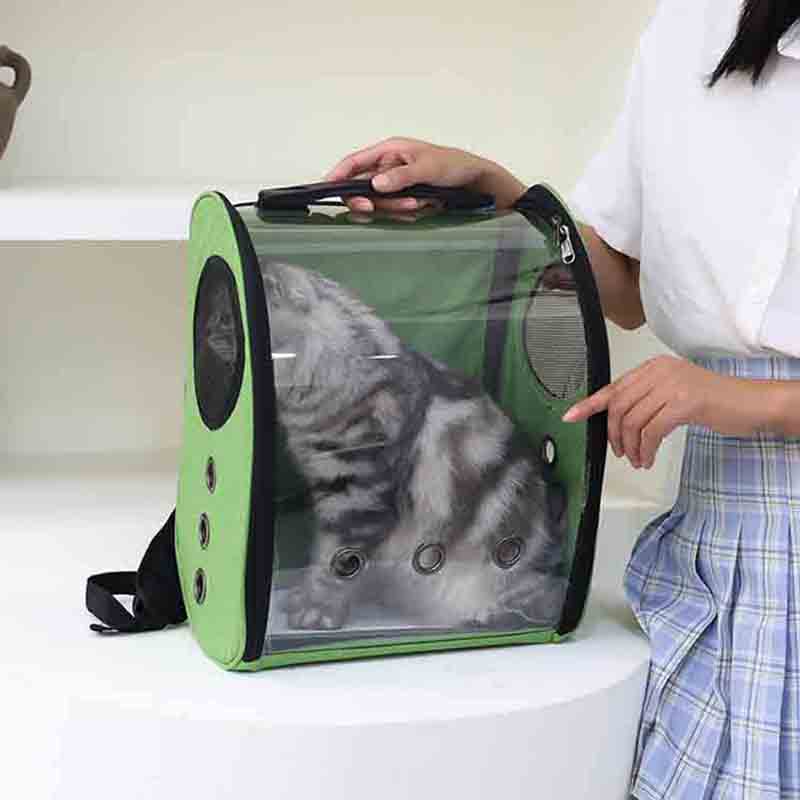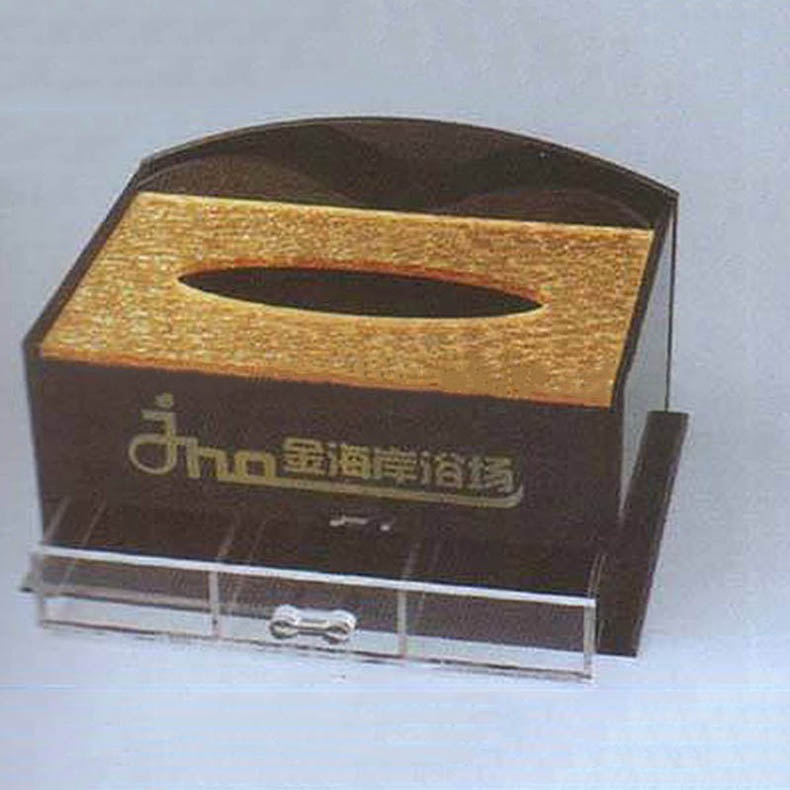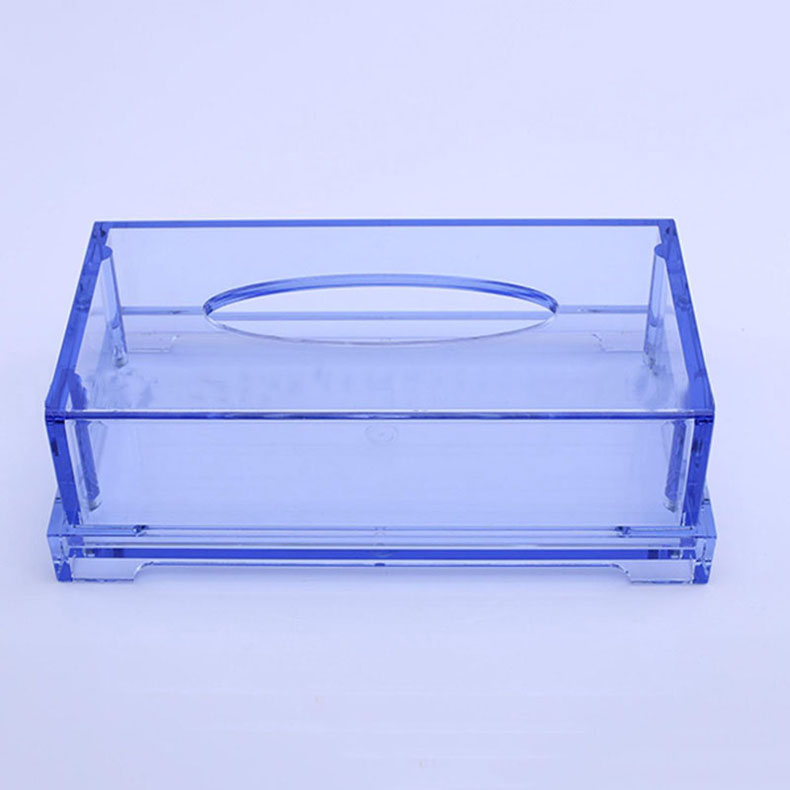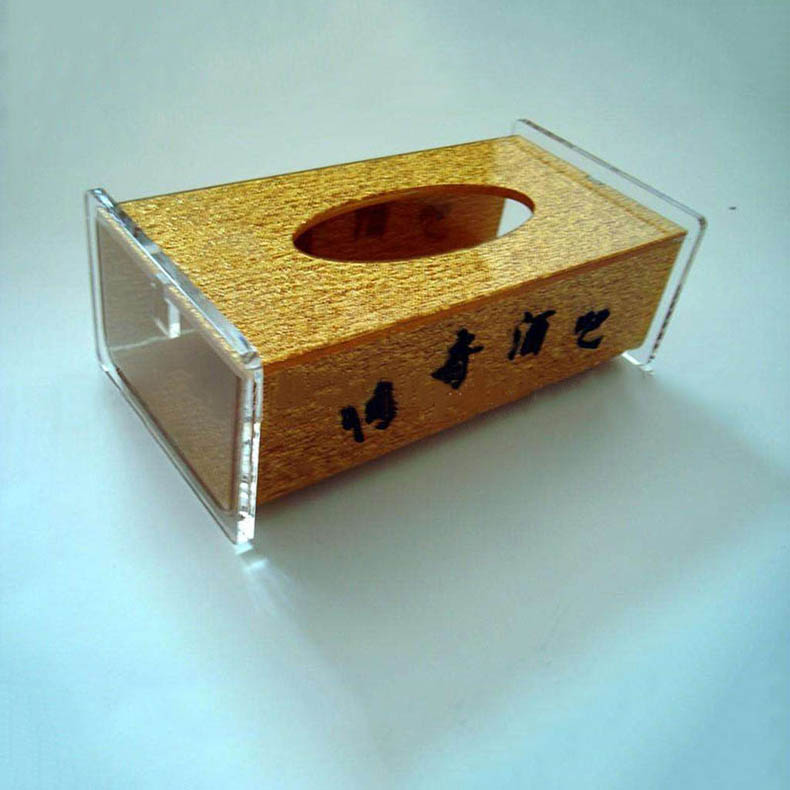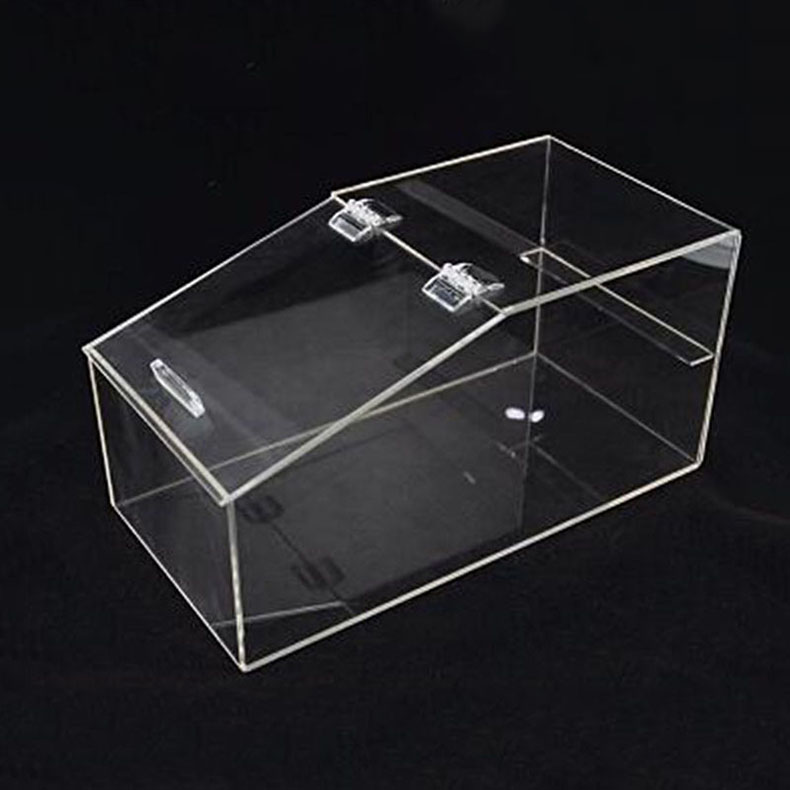The production process of a display box for walls, especially one made from acrylic (also known as Plexiglass), involves several meticulous stages. Acrylic is a popular material for such display boxes due to its transparency, durability, and aesthetic appeal. Below is a detailed description of the production process, from initial design to final installation:
1. Requirement Analysis and Design
The journey begins with understanding the client’s requirements. This includes the purpose of the display box, the products to be showcased, the space available, and any specific design preferences such as shape, size, color, and additional features like lighting or branding. Designers often create preliminary sketches or use CAD (Computer-Aided Design) software to develop detailed blueprints. These plans outline dimensions, materials, and assembly methods, ensuring every aspect meets the client’s expectations.
2. Material Selection
Acrylic sheets, chosen for their superior optical clarity and strength, are the primary material. The selection process involves determining the appropriate thickness (usually ranging from 3mm to 10mm) and the type of acrylic (cast or extruded) based on the structural requirements and visual goals. Cast acrylic is preferred for its superior finish and strength, whereas extruded acrylic is more economical but may have a slightly different visual quality.
3. Cutting and Shaping
Using computerized cutting machines, such as CNC routers or laser cutters, the acrylic sheets are precisely cut into the required shapes and sizes according to the design specifications. Precision is paramount here to ensure all components fit together seamlessly. Any custom shapes or intricate designs are also crafted during this stage, ensuring accuracy and minimal material waste.
4. Edge Finishing and Polishing
After cutting, the edges of the acrylic pieces may be rough, posing a safety hazard and affecting the aesthetic appeal. Edge finishing involves sanding or routing the edges to make them smooth and safe to handle. Some products may go through polishing processes, where specialized tools are used to create a high-gloss finish, enhancing the overall appearance and transparency of the acrylic.
5. Assembly
The assembly stage involves bringing together all the cut and finished components. Depending on the complexity of the design, assembly can be achieved through various methods:
Adhesive Bonding: Using specialized acrylic adhesives, the components are bonded together. These adhesives provide a strong, transparent bond, creating a seamless joint. Proper surface preparation and adhesive application techniques are essential to ensure durability and strength.
Mechanical Fixing: In some cases, screws, bolts, or clips may be used to join acrylic pieces. This approach allows for disassembly and adjustment if needed, though it may result in visible fasteners.
Snap Fit Joints: For sleek designs, snap fit joints may be used. These interlocking parts require precise manufacturing to fit together without visible fasteners, providing a clean, modern look.
6. Printing and Customization
If the display box requires branding, logos, or promotional messages, this stage involves printing or engraving on the acrylic surfaces. Techniques like screen printing, UV printing, or laser engraving are used to apply designs. These processes allow for high-quality, durable graphics that enhance the visual appeal and branding of the display box.
7. Installation Features
One of the key aspects of a wall-mounted display box is its installation features. This usually includes brackets, hangers, or mounting hardware that facilitate secure attachment to the wall. The design must account for the weight of the display box and the type of wall it will be installed on (e.g., drywall, brick, or concrete). Safety and stability are paramount, so ensuring robust mounting solutions is critical.
8. Quality Control and Inspection
Before the display box is deemed ready for delivery, a rigorous quality control process is conducted. This includes checking for the following:
Dimensional Accuracy: Ensuring all components fit together perfectly as per the design.
Surface Quality: Verifying that there are no scratches, blemishes, or imperfections on the acrylic surface.
Structural Integrity: Testing the strength and stability of the assembled display box, especially its mounting features.
Functionality: Ensuring any additional features, such as lighting or sliding doors, work as intended.
Any issues identified during quality control are addressed promptly to maintain high standards.
9. Packaging and Shipping
Once the display box passes all quality checks, it is carefully packaged to prevent damage during transit. This typically involves using protective materials like泡沫, corrugated cardboard, and, in some cases, custom-fitted foam inserts. The packaged display box is then transported to the client’s location, often accompanied by assembly instructions and installation guidelines.
10. Installation and After-Sales Support
The final step is the installation of the display box on the wall. Depending on the complexity, this may be performed by the manufacturer’s team or the client themselves, following provided instructions. Post-installation, the manufacturer often offers after-sales support, including maintenance tips, repair services, or assistance with any issues that may arise after installation.
Conclusion
The production process of an acrylic display box for walls is a comprehensive and detail-oriented endeavor. Each stage—from design and material selection to cutting, assembly, and installation—requires precision, expertise, and a commitment to quality. By following this process, manufacturers ensure that the final product is not only functional and durable but also aesthetically pleasing, effectively enhancing product display and brand appeal for retailers.
Acrylic display boxes for walls represent a harmonious blend of form and function, combining modern design with practicality. Their transparency and sleek finish make them ideal for showcasing products in a visually appealing manner, while their durability ensures they can withstand the demands of retail environments. With meticulous attention to detail at every stage of production, these display boxes become more than just functional items; they become focal points that elevate the shopping experience and reinforce brand identity.


